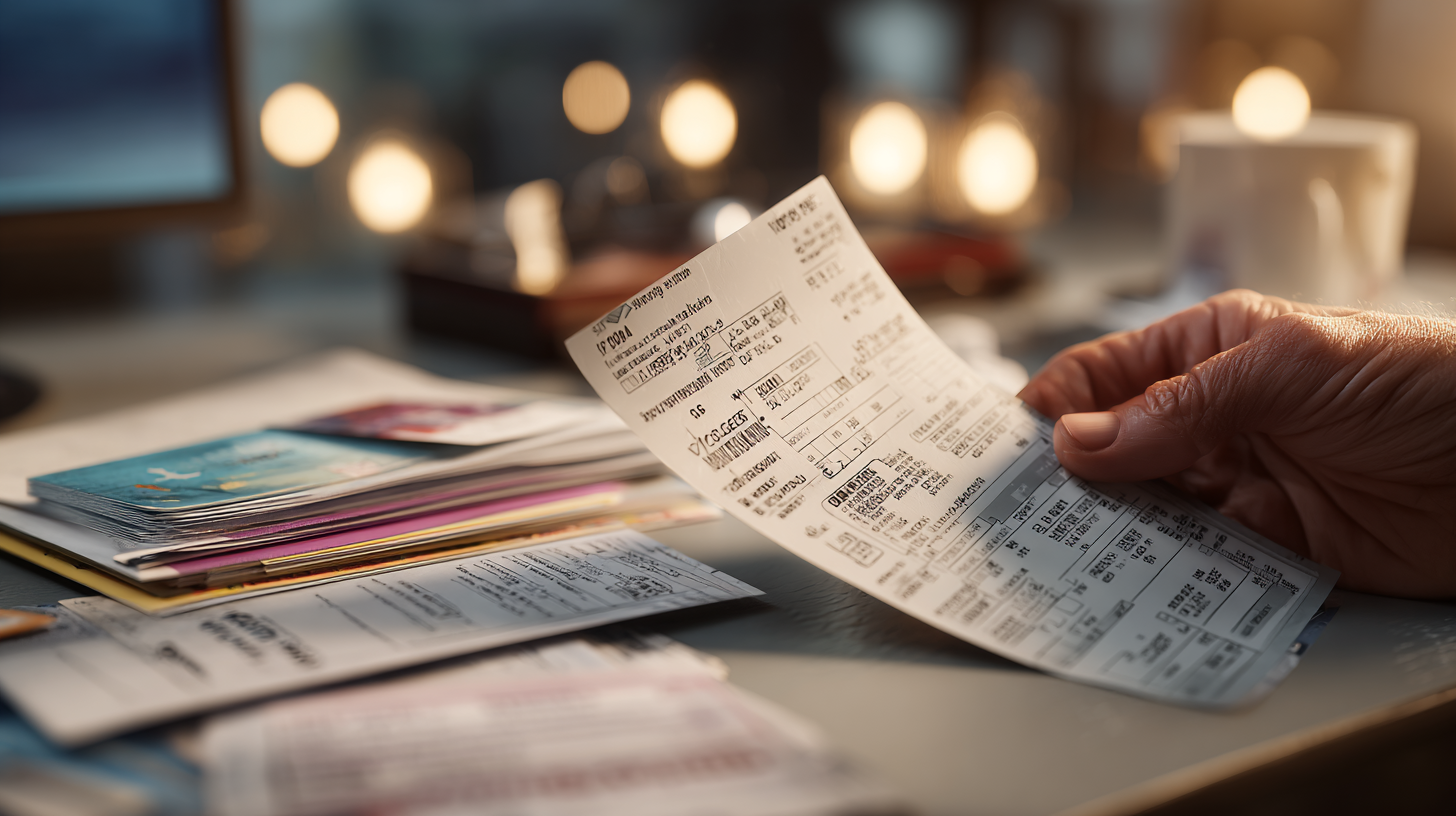Business Travel Deductions: A Frequent Flyer’s Guide

Defining Your Tax Home

In my own exploration of what the future of travel might look like—especially with AI and extended reality on the horizon—I’ve come to see that knowing your tax home isn’t just about paperwork. According to IRS guidelines, your tax home is the main location where you conduct business, regardless of where you live. If you journey away from this prime business location for work, it opens the door to possible expense deductions. That said, it’s crucial to ensure that each travel day has a demonstrable business purpose.
When I first started combining research-driven travel with professional meetings, I quickly learned how easy it is to overlook smaller expenses that add up. A recent study suggests nearly 40% of small business owners fail to identify their correct tax home when filing, leading to missed deductions. The key is consistency: maintain clear records outlining where you regularly conduct business activities, and specify which days you’re genuinely out for work rather than leisure.
I’ve discovered that in 2025, with so many professionals working remotely, some travelers struggle to define their principal place of business. If your work is heavily online, it might be tempting to claim your home as your tax base. However, the IRS specifically weighs the cost of commuting to a physical business location, the number of hours you spend there, and the administrative tasks that tie you to that spot. Staying on top of these rules means significant cost savings come tax time.
Essential Deductions for Frequent Flyers

Every frequent flyer knows that transportation and lodging can eat up a budget quickly. In my case, flights, rental cars, and hotel stays often feel like a second wardrobe of expenses. Thankfully, the IRS allows deductions for these costs, provided the journey is primarily business-related. I usually map out my daily schedule to show store visits, client conferences, or research stops. That way, my expense claims are clearly supported by facts, not just my itinerary.
Meals on business travel are generally 50% deductible, though in the past few years, legislation has flirted with the idea of increasing or decreasing this percentage. Rumors suggest 2025 might bring regulatory tweaks, but nothing is set in stone. In my travels, I’ve found that tracking meal expenses is simpler with a mobile app connected to a business card—automated logs help me avoid the headache of rummaging for receipts at the end of each trip.
If you drive regularly for work, you can use the standard mileage deduction—67 cents per mile for tax year 2024—or log actual vehicle expenses. I’ve personally tested both methods and found that standard mileage often benefits those who drive in multiple states and prefer minimal recordkeeping. However, those who operate specialized vans or carry heavy equipment might save more by itemizing actual costs. The key is to do the math before making your selection.
The Big Beautiful Bill and Beyond

The Big Beautiful Bill has become a hot topic for many frequent travelers, as it extends certain provisions from past tax reforms and introduces new wrinkles in SALT (state and local tax) deduction limits. I’ve noticed more entrepreneurs branching out nationwide, which can both amplify the challenge of meeting SALT thresholds and open doors to tax incentives. A recent analysis from the Congressional Budget Office found that these adjustments may raise average allowable deductions in higher-tax states.
This legislation also reshaped energy credits, meaning that travelers who work in environmentally friendly businesses or drive hybrid and electric vehicles could qualify for additional tax breaks. If, like me, you want to combine a love of cutting-edge innovation with practical savings, it’s a prime time to explore how these credits align with your work-related itinerary. Even your choice of lodging—think eco-certified hotels—might offer additional write-off angles.
Some updates even touch on how tips and overtime might be taxed. In my view, it pays to read the fine print of legislative changes each year. When I’m not in the air, I’m often scanning updated IRS publications to stay one step ahead. This approach isn’t about gaming the system; it’s about knowing the rules and using them fairly to bolster your budget and reinvest in your future travel or growing business.
Documentation Essentials

Effective recordkeeping can make or break your deductions. I’ve personally used everything from paper receipts stuffed in envelopes to cloud-based apps that snap photos of receipts the moment I get them. The IRS still requires original receipts for items over $75, so it’s wise to keep a digital backup, especially if you’re an on-the-go traveler. Organized recordkeeping not only builds confidence for an audit but also lets you see your spending patterns clearly.
Another technique that’s helped me is regularly updating a travel journal or calendar. I jot down daily business meetings, research visits, or networking events, ensuring that each day has a verifiable work component. This log, coupled with flight confirmations and business correspondence, forms a clear narrative of why I was where I was. In an era when remote work can happen anywhere, it’s more vital than ever to show precise business motives behind each journey.
Our Top Picks for Simplified Bookkeeping

Navigating travel expenses can be daunting, so I rely on smart tools to streamline the process. TurboTax offers step-by-step assistance and automatically updates you with new tax rules. I appreciate how it flags possible deduction opportunities based on my filing profile, reducing the legwork of cross-referencing numerous regulations.
Bench, on the other hand, excels at automated bookkeeping. When I’m juggling research, blogging, and meeting with women in STEM who inspire my own work, I don’t want to fritter hours on data entry. Bench’s real-time reporting helps me close the gap between spending and claiming—so I’m never left second-guessing whether I missed a crucial deduction. While there are other platforms like QuickBooks or FreshBooks, I’ve found that the key to success is picking one tool and using it consistently.
Final Thoughts

Whether you’re crisscrossing the globe for business breakthroughs or piecing together remote client visits, your travel costs deserve a thorough review. In my experience, the combination of precise recordkeeping, current knowledge of legislative changes, and a solid understanding of your true tax home can produce powerful savings. As I look to the future—complete with AI co-pilots and augmented reality boarding passes—the fundamentals of maintaining accurate documentation and legitimate claims remain a traveler’s best friend.
Part of the thrill of traveling in 2025 comes from the dynamic nature of technology and legislation. Staying proactive about these changes ensures you not only keep more money in your pocket but also invest it back into projects and partnerships that propel your journey forward.
Amelia Yeaher’s Take
I’ve always believed that knowledge is the best ticket to expanding our horizons. By harnessing well-researched tax tips, we turn every flight into a potential stepping stone for growth, leaving us room to explore new opportunities—be they personal or professional.
From my vantage point, maximizing deductions isn’t just about the financial benefits; it’s about the freedom to keep discovering new places and supporting meaningful projects. That blend of travel, tech, and trust in well-researched knowledge truly keeps me motivated.
Seat5A is where you’ll find more travel insights and inspiration to fuel your next adventure.






